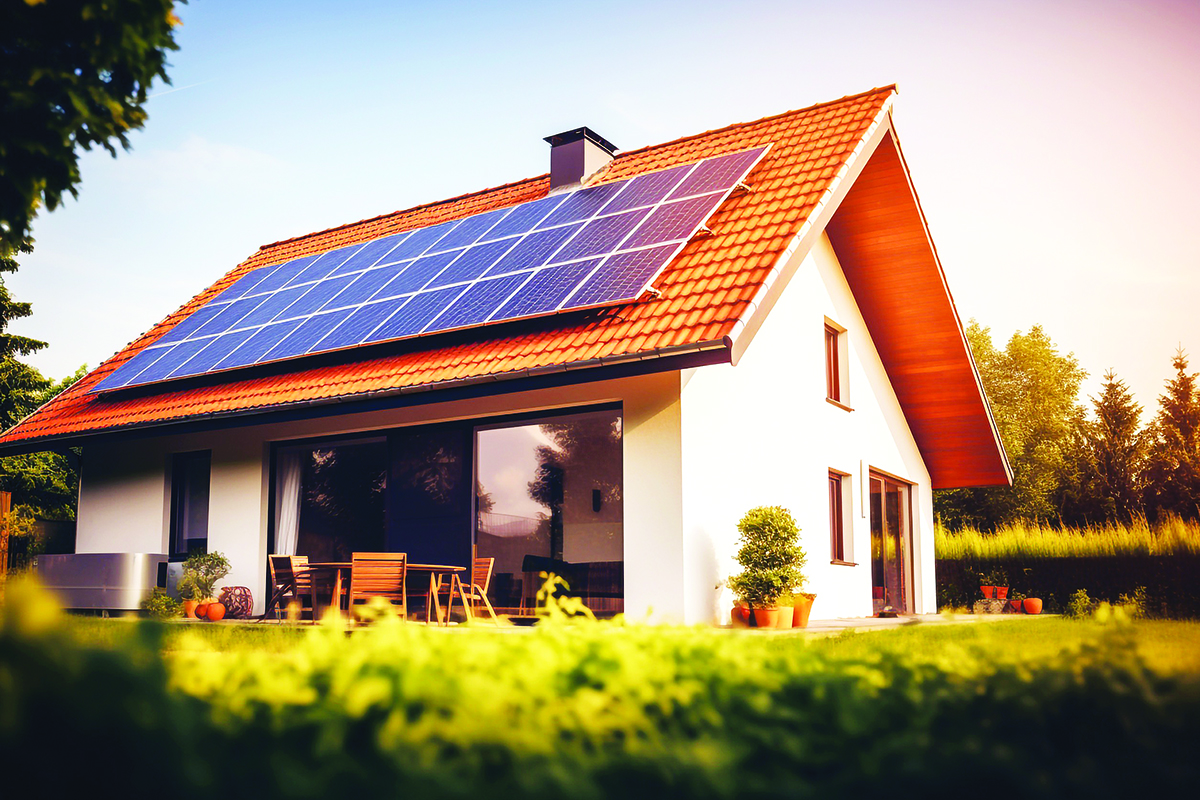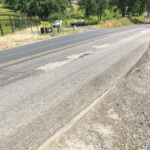
Is solar a solution to high utility bills for low income and fixed income residents
By R.D. Tucker
With Pacific Gas and Electric’s (PG&E) residential power rates imitating a missile launch, low-income customers and those living on fixed incomes are trapped between a rock and a hard place.
PG&E offers some special packages to address a few of those situations, but if the customer has any net worth or liquid assets, which retirees typically do, many won’t qualify.
Could solar, at least a small residential system to help slow down that rapidly whirling power meter be the solution to make power costs more affordable? The Mariposan asked the two companies operating in Mariposa County, Offline Solar, and Natural Environments, if there was a solar solution.
“It’s not just hitting the people on low income, it’s hitting everybody, and as consumers, we don’t have any other options,” said Dave Wise, owner, and operator of Natural Environments. “With solar systems, you can go to just about any level. You can get something that supplements your kilowatt usage, or a system that eliminates PG&E use.”
California building code now requires every new home to be built with solar included. “Of course, that really increases the price of new construction,” Wise said. “We’re doing a complete rebuild of a home that was destroyed during the Oak Fire, and we’re putting in a big enough system so these people will not have to deal with PG&E’s rates,” he explained.
“There are a lot of new things we’re learning to do right now because PG&E keeps changing the rules,” Wise added. “We’re putting in a system for a big ranch. The property is owned by an LLC, and PG&E came back to us and said because it wasn’t an individual, we had to pay prevailing (union) wages for the labor. That would add about $40,000 to the cost. So, to solve that issue, we aren’t going to back feed the grid, we’ll just go to batteries. It will be hooked up to PG&E just as a backup. It can be very frustrating trying to find the best solution for our customers,” Wise stated.
“We’re trying to look in every different direction, or what we can do to get this accomplished for people,” Wise added. “We can do small systems that are way under the typical $40,000 to $60,000 complete system. It doesn’t eliminate PG&E but it can greatly reduce the usage, and many times for less than $25,000.”
The marketplace is chock-full of commercials and marketing messages from solar companies, many who offer leases for complete systems. “I’m not a fan of leasing at all. You’re still making a big payment, and if a new buyer can’t qualify to take over that lease, or they don’t want to, it could really hamper selling your property, Wise explained. You’ll end up on the short end somehow.”
“On our smaller systems, the payback can be as quick as six years. At the pace PG&E is raising their rates, that just accelerates the payback,” Wise said. “With our smaller systems, if we can make it work on their roof, we can probably take care of most of their needs. It won’t get rid of the bill, but most of it,” he added. “If it has to be a ground mount system, that can add almost $10,000 because of all the construction requirements for the foundation.”
“We’ve found that if you can avoid feeding back into the grid by putting in a battery or two, you’re much better off. Once you are feeding back into the grid, PG&E is in charge of your system,” Wise added.
Just last year, PG&E substantially reduced what it was were paying for power that feeds back into the grid, making it basically worthless. “They will of course keep coming up with curve balls, but we keep trying to find legal ways around it,” Wise concluded.
Natural Environments has been operating in Mariposa County since 1978. It was installing solar water heating systems back in the 80s and has been providing solar power systems for the past five years.
Offline Solar began in 1984 in North Fork. Brooke and Karen Hanner purchased the company in 2013 and moved it to Mariposa.
“The state could come up with a solution for this problem,” Brooke said. “They could do something like they do with the schools, and everybody comes out ahead. They provide low interest loans to schools for their solar systems, charging them only as much as their original power bills,” he explained. “That’s the kind of program I would like to see for the low-income and fixed incomes.”
As far as mini system that can reduce the PG&E bill, Brooke said, “There used to be a system like a plug-in-the-wall solar kit. It was totally legal. It couldn’t produce more than 1,500 watts, so all you could do was offset your usage, but it was only $3,000 to $5,000, and it’s probably less than that now. There was no maintenance and no labor to install it. It was just four to six panels, an inverter, and a transformer. A simple solution.”
“It’s not available now that I know of, but I could probably figure out a way to put one together for someone,” Brooke offered. “There’s something out there, I’m sure. It all depends on what that PG&E bill is.”
“Whenever we do a system, we are trying to provide 100 percent of the power. If we are just trying to get that bill cut in half, there might be something we could do to accomplish that, then people could add to their systems as they could afford it,” Brooke explained.
“These rates are going to cause a lot of problems for people. You mix in a little hot weather and people are going to start coming unglued. Can you imagine working all day, coming home and not being able to afford to turn on your air conditioning. I wouldn’t be surprised to see it cause riots, it’s a matter of time and people are going to get angry,” Brooke stated.
“They (PG&E) are not our friends. Our friends would be looking out for our welfare, and I don’t believe their commercials, it’s purely propaganda,” Brooke concluded.
PG&E is marching to the bank with a wheelbarrow a profit. It was recently reported that PG&E’s net profit for 2023 was $2.2 billion. According to Macrotrends.net, the company posted an $18 billion-dollar gross profit for the 12 months preceding Sept. 30, 2023. In 2020, PG&E’s gross profit was $14.7 billion, in 2021 it was $16.2 billion, and in 2022 the company reported a gross profit of $16.8 billion. Increases in profit were posted each year, yet rates continue to climb with the blessing of the PUC.
With a little online research, consumers can find residential solar “kits” for what one would consider affordable, and it could reduce daily PG&E usage.
GoGreenSolar.com offers a five-kilowatt do-it-yourself system for $9,241, which is a little high compared to others available. There are other kits available from different companies. One of the best options is probably from BluePacificSolar.com. This company doesn’t hide its pricing online and provides all the documentation for the system as well.
Installing a solar power kit by yourself, unless you are a trained electrician, is probably a bad idea, but there are qualified companies in Mariposa County that could assist in making the transition.
One of the biggest problems that many consumers face after putting in their solar system is whether or not the company they purchased it from remains in business. Considering the solid track records of these local companies, that should be a serious consideration.


















